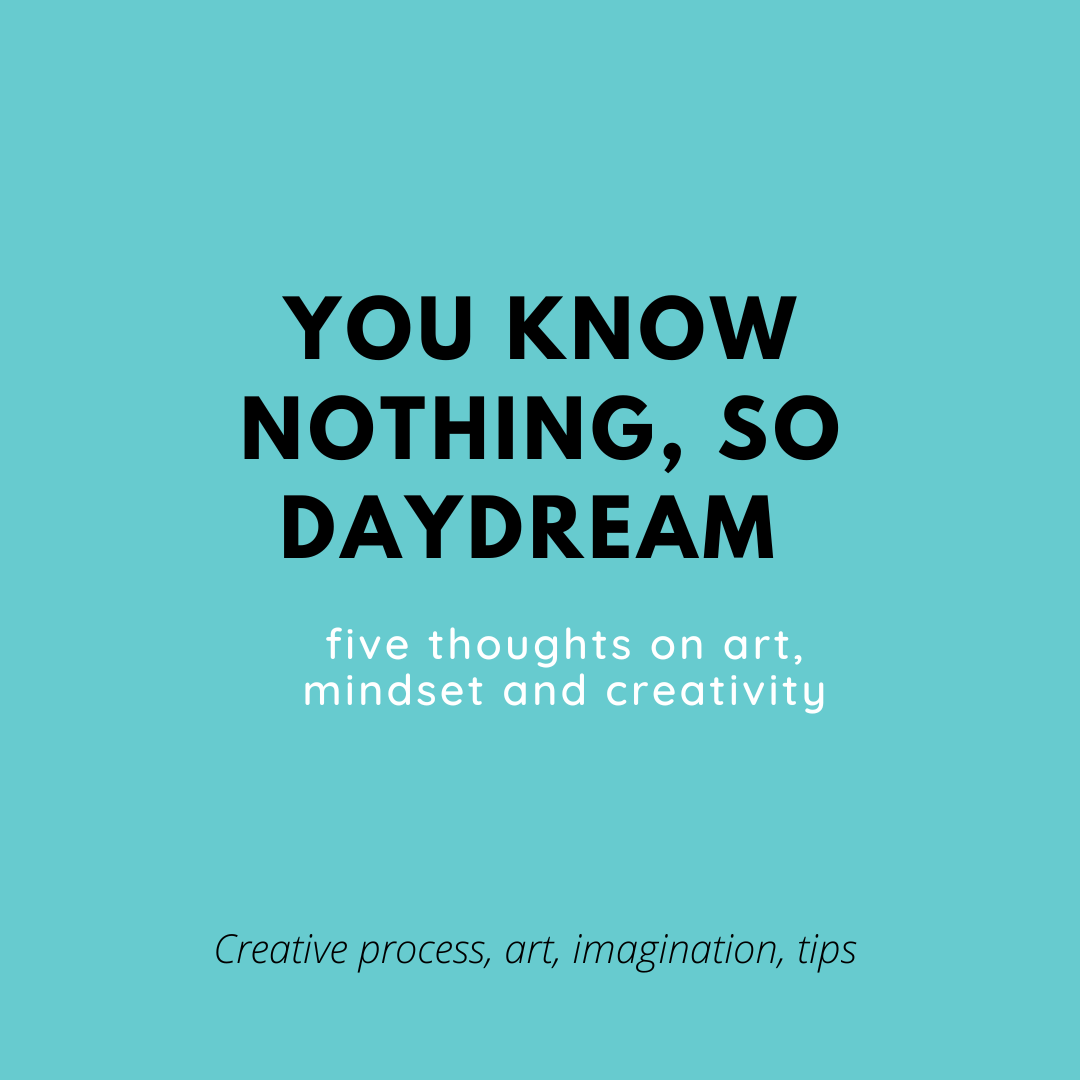Aristotle and Linnaeus were not triplets (five more thoughts on art, mindsets, and creativity).
We don’t need year-round formal school.
We don’t need classes going six or seven days a week. We don’t need longer school days. We need less. We need fewer. We need to help each other - and upcoming generations - learn again how to give good attention.
When you can give good attention, you can use the time you have well. You can focus and hone in on something, and then move on, and perhaps come back to it. In fact, definitely keep coming back to it, in little bursts and cycles. Learning should be a mindset, a constantly-embedded process that is enjoyable, unconscious, subconscious, lazy, and sometimes formal. We need bursts of formal learning that we keep coming back to again and again.
But first: we must learn and model how to give good attention.
Don’t be afraid of “pretty.”
New teachers often want to make a statement early on about how serious they are about teaching, and they do it by more assignments, more homework, more exams, more work, more more more.
New artists or creatives often do the same thing: they reject beauty in the name of innovation, of wanting to do something radically different. Sometimes the most radical thing act a human being can do to another, in cruel world, is to be kind.
Sometimes the most radical act an artist can make, in an ‘edgy’ and competitive world, is to embrace pretty before radical. Find the pretty. Make what you find beautiful and plow ahead. Stop focusing so much on being radical or different and make something beautiful. The innovation will come if you ruthlessly, relentlessly, breathlessly pursue not just beauty, but the sharing of that beauty with others.
Find something you like about something you don’t.
Seriously. It’s a good thing to do with people too. It’s why our family opens most mornings with a mix of Classical and Opera. Everybody has things that are not to their taste…or not to their taste yet. It’s okay to decide you don’t like something. But can you find something to at least appreciate about it?
Again, this works with people too.
Art and history work differently.
History progresses in a linear, chronological fashion. Art progresses in a non-linear, quantum fashion. But they both have patterns and cycles and catalysts. What are they?
When you dive into a body of knowledge or discipline, there’s two ways of looking at what’s already happened, what’s already been done, what’s already been created:
You can either be discouraged and overwhelmed.
Or you can be inspired, challenged, and energized.
Choose the latter. Find your favorite reference points and use them as a quantum jump.
You can name your work.
You can identify it. You can stick it in a genre - or more likely, you want to believe that your work ‘transcends genre or category.’ Guess what? It doesn’t.
People, like it or not, are going to identify and categorize it. Two of my big historical inspirations are Aristotle and Carl Linnaeus; fellows who had an obsession with categorizing and organizing information. They helped give a shared framework, vocabulary, and meaning to entire disciplines and fields. But even they didn’t own their ideas or their art or their organizational frameworks as history moved forward.
People will sometimes respect and use the designations you give your work. And oftentimes they won’t. It’s humbling to acknowledge that. And it will make your life easier because you can spend more time creating and less time demanding people interact with what you’ve done correctly.








